
Computational simulation is a critical tool for assessing the impacts of natural hazards and informing risk mitigation and resilience strategies. The NHERI SimCenter has developed an open-source, modular framework that integrates performance-based engineering methodologies with regional-scale assessments to enable multi-hazard, multi-scale simulations. This paper presents the conceptual foundation and current capabilities of the SimCenter platform, covering hazard characterization, structural response analysis, damage and loss estimation, and recovery modeling. By leveraging high-performance computing, standardized data schemas, and open-source tools, the platform facilitates transparent, reproducible research while bridging local and regional analyses. Key contributions include improved inventory generation, damage simulation, and recovery analysis, with applications extending across multiple hazard domains. The paper also discusses challenges in implementing high-resolution, high-fidelity simulations, advancing multi-hazard assessments, and enhancing accessibility for a broad user base. Looking ahead, expanding hazard models, refining regional-to-local modeling techniques, and fostering community collaboration will be essential for advancing computational simulation in natural hazards engineering. Through continued development, the SimCenter aims to provide researchers and practitioners with scalable, adaptable tools to enhance disaster risk assessment and resilience planning.
How to cite:
Zsarnóczay Adam, Deierlein Gregory G., McKenna Frank, Schoettler Matthew, Yi Sang-Ri, Cetiner Barbaros, Satish Aakash Bangalore, Zhao Jinyan, Bonus Justin, Melaku Abiy F., Naeimi Sina, Arduino Pedro, Davidson Rachel, Gorle Catherine, Govindjee Sanjay, Kareem Ahsan, Kijewski-Correa Tracy L., Lowes Laura N., Motley Michael, Spence Seymour M. J., Taciroglu Ertugrul, Taflanidis Alexandros A., DeJong Matthew, 2025. https://doi.org/10.3389/fbuil.2025.1590479
With the aim of fostering the development of robust tools to simulate the impact of natural hazards on structures, lifelines, and communities, the Natural Hazards Engineering Research Infrastructure Computational Modeling and Simulation Center gathered 60 researchers, developers, and practitioners working in natural hazards engineering (NHE) for a workshop to prioritize research questions and identify community needs for data and computational simulation capabilities. Participants used their wide-ranging expertise in earthquake, coastal, and wind hazards from engineering, planning, data sciences, and social sciences perspectives to identify five major thrusts of recommended future work, including detailed suggestions for each: (1) development of housing and household recovery models; (2) integration of existing models into flexible computational workflows; (3) investment in the collection of high-value open data; (4) commitment to sharing and utilizing high-value data; and (5) development of versatile, multidisciplinary testbed studies. Participant responses and workshop data were analyzed with the help of an ontology that the authors designed to support data classification in a broad range of NHE applications. The paper also includes observations and suggestions for planning and conducting interactive workshops of this type.
How to cite:
Zsarnóczay A., Deierlein G.G., Williams C.J., Kijewski-Correa T.L., Esnard A-M., Lowes L., Johnson L., Community Perspectives on Simulation and Data Needs for the Study of Natural hazard Impacts and Recovery, Natural Hazards Review, 24(1):04022042, doi: 10.1061/NHREFO.NHENG-1551, 2023
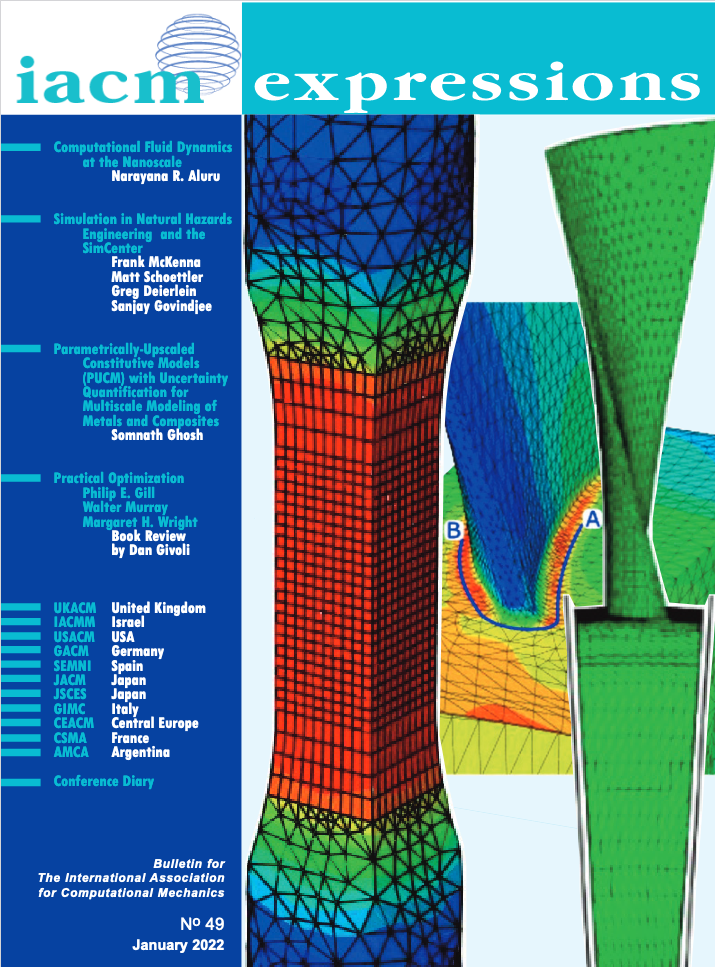
Much of the worlds population lives in regions susceptible to earthquakes, tropical cyclones (hurricanes), or other natural hazards, where the risks are exacerbated by aging buildings and civil infrastructure that often are not designed to resist the hazards. While knowledge and data gained through field observations and experiments are fundamental to addressing challenges associated with planning and design of resilient communities, computational simulations are seen as an essential component of the science and engineering needed to evaluate and mitigate the potential devastating effects of natural hazards, some of which are intensifying in magnitude and/or frequency due to climate change; further, risk exposure to all hazards is increasing due to population growth and urbanization (NHERI 2020).
How to cite:
F. McKenna, M. Schoettler, G. Deierlein, S. Govindjee, Simulation in Natural Hazards Engineering and the SimCenter, IACM Expressions, 2022.
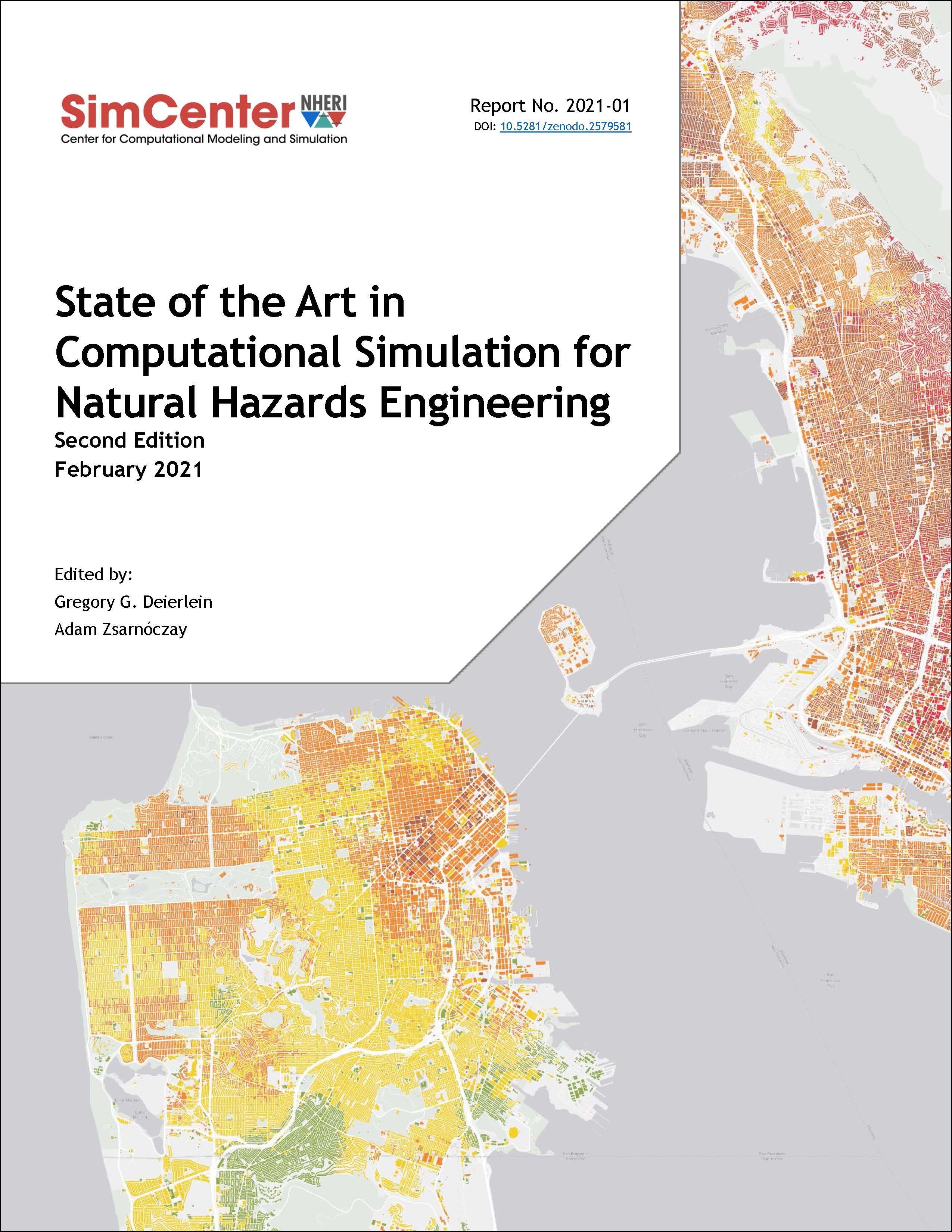
The expanded "State of the Art in Computational Simulation for Natural Hazards Engineering" report provides an overview and review of simulation requirements and software tools for natural hazards engineering. This second edition reflects comments and suggestions provided by leading researchers in natural hazards engineering, and it also includes new chapters on disaster recovery modeling and applications of machine learning and artificial intelligence technologies.
Chapters of the report are organized into five sequential parts including: (1) simulation methods to characterize the natural hazards; (2) response simulation of structural and geotechnical systems and localized wind and water flows; (3) quantifying the resulting damage and its effects on the performance of buildings, transportation systems, and utility infrastructure systems; (4) strategies and emerging tools to model recovery from natural disasters; and (5) the cross-cutting applications of uncertainty quantification methods and artificial intelligence to natural hazards engineering.
Each section of the report identifies major research gaps and needs, with the intent that research proposals to NSF and other agencies will fill these gaps to advance the field. Further, the report summarizes how tools being developed by the NHERI SimCenter are advancing the state of the art in simulating the effects of natural hazards on the built environment.
Link:
How to cite:
Gregory G. Deierlein, & Adam Zsarnóczay, eds. (2021, February 23). State of the Art in Computational Simulation for Natural Hazards Engineering (Version v2). Zenodo. http://doi.org/10.5281/zenodo.4558106
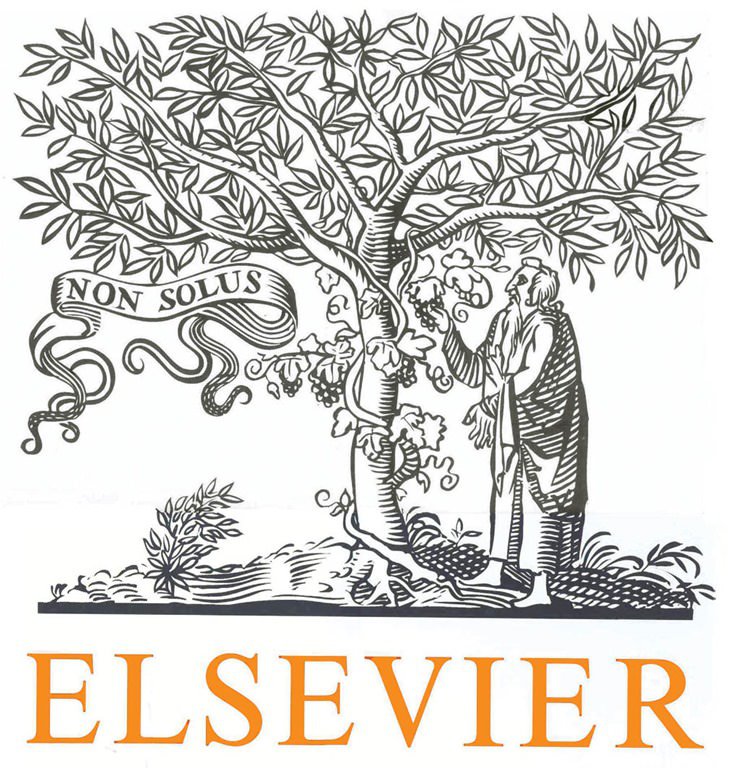
As a consequence of climate change, the intensity of many natural hazards is increasing, and particularly along the population-dense coasts, these impacts are amplified. It is necessary to collect the information of existing buildings in a given region in order to quantify and mitigate risks due to these hazards. This paper presents a software framework using deep learning for gathering regional scale building information to support hazard analysis. Data from multiple sources such as satellite and street view images and property assessment data are acquired and combined, convolutional neural networks are used to extract building information to profile each building within a city. A novel data mining tool is created as a remedy to data scarcity, quantify uncertainty, and augment the data repository. The framework is used to demonstrate the workflow using a hurricane event.
How to cite:
C. Wang, Q. Yu, K. Law, F. McKenna, S. Yu, E. Taciroglu, A. Zsarnóczay, W. Elhaddad, B. Cetiner, Machine Learning-based Regional Scale Intelligent Modeling of Building Information for Natural Hazard Risk Management, Automation in Construction, 2021, https://doi.org/10.1016/j.autcon.2020.103474
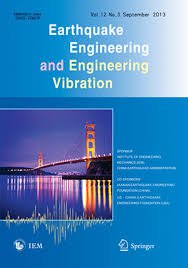
Rapid and accurate identification of potential structural deficiencies is a crucial task in evaluating the seismic vulnerability of large building inventories in a region. In the case of multi-story structures, abrupt vertical variations of story stiffness are known to significantly increase the likelihood of collapse during moderate or severe earthquakes. Identifying and retrofitting buildings with such irregularities—generally termed as soft-story buildings—is, therefore, vital in earthquake preparedness and loss mitigation efforts. Soft-story building identification through conventional means is a labor-intensive and time-consuming process. In this study, an automated procedure was devised based on deep learning techniques for identifying soft-story buildings from street-view images at a regional scale.
How to cite:
Yu, Q., Wang, C., McKenna, F. et al. Rapid visual screening of soft-story buildings from street view images using deep learning classification. Earthq. Eng. Eng. Vib. 19, 827838 (2020). https://doi.org/10.1007/s11803-020-0598-2

Frontiers in Built Environment, which publishes rigorously peer-reviewed research encompassing the engineering of buildings, sustainable cities and urban spaces, has released the article —A Cloud-enabled Application Framework for Simulating Regional-scale Impacts of Natural Hazards on the Built Environment,— authored by SimCenter leaders Gregory G Deierlein, Frank McKenna, Adam Zsarnóczay, Tracy Lynn Kijewski-Correa, Ahsan Kareem, Wael Elhaddad, Laura Lowes, Matthew J. Schoettler, and Sanjay Govindjee.
The paper describes the open source workflow tools and applications that the SimCenter has released and is continuing to develop. These are organized around a framework that encourages the sharing of models and data for simulations of natural hazards and their effects on the built environment. This article is an open access publication available to readers anywhere in the world.
How to cite:
Deierlein GG, McKenna F, Zsarnóczay A, Kijewski-Correa T, Kareem A, Elhaddad W, Lowes L, Schoettler MJ and Govindjee S (2020) A Cloud-Enabled Application Framework for Simulating Regional-Scale Impacts of Natural Hazards on the Built Environment. Front. Built Environ. 6:558706. doi: 10.3389/fbuil.2020.558706
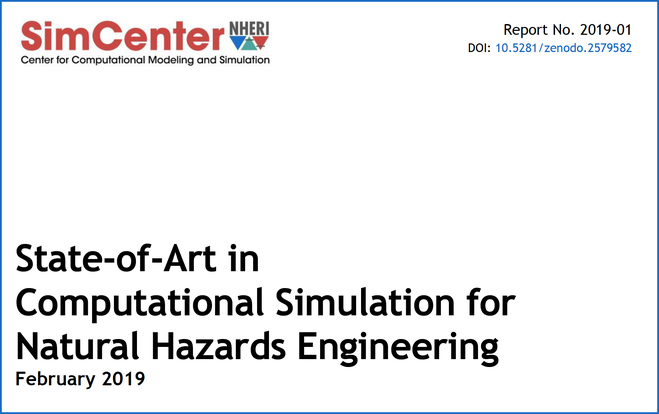
This report provides an overview and review of simulation requirements and software tools for natural hazards engineering of the built environment. The simulations discussed in this report are an essential component of research to address the three grand challenge areas and associated research questions outlined in the NHERI Science Plan: (1) quantifying natural hazards and their effects on civil infrastructure; (2) evaluating the vulnerability of civil infrastructure and social vulnerability of populations in at risk communities; and (3) creation of technologies and tools to design and implement measures to promote resilience to natural hazards. Accordingly, required simulation technologies encompass a broad range of phenomena and considerations, from characterization and simulation of natural hazards and their damaging effects on buildings and civil infrastructure, to quantifying the resulting economic losses, disruption, and other consequences on society. Ultimately, the goal is to enable high-fidelity and high-resolution models in regional simulations that can support technological, economic, and policy solutions to mitigate the threat of natural hazards.
In addition to summarizing the state-of-art in the various topic areas, each section of the report identifies major research gaps and needs, with the intent that researchers will prepare research proposals to NSF and other agencies to fill these gaps in order to advance the field. Further, the report summarizes how tools being developed by the NHERI SimCenter are advancing the state-of-art in simulating the effects of natural hazards on the built environment.
Link:
How to cite:
Gregory G. Deierlein, & Adam Zsarnóczay, eds. (2019, February 27). State-of-Art in Computational Simulation for Natural Hazards Engineering. Zenodo. http://doi.org/10.5281/zenodo.2579582
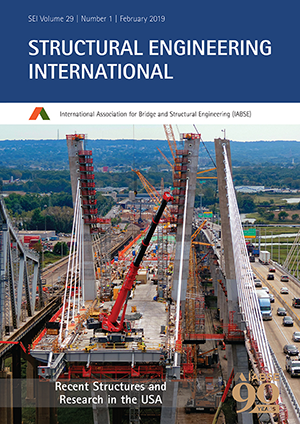
Tall buildings and long span bridges exposed to wind undergo complex interactions, which precludes a functional relationship between wind and its load effects. In digital age with burgeoning growth in computational resources and parallel advances in computational fluid dynamics, computational simulations are evolving with a promise of becoming versatile, convenient and reliable means of assessing wind load effects. This paper provides an overview of the current state-of-the-art on the CFD based simulations of wind loads on structures by delineating the differences in the modeling of streamline nature of airfoils versus complex profiles of civil structures. This is followed by highlighting the merits and shortcomings of three modeling schemes central to CFD, i.e. RANS, LES and DNS. Topics related to generation of inflow conditions and fluid-structure interactions are discussed. A case study involving aerodynamic shape sculpting of tall buildings that requires examining several configurations is presented. While such an assessment is currently performed via wind tunnels with limited set of configurations, CFD promises to discover the optimal configuration in a large search space. In closing, future prospects, e.g. advances in multi-fidelity models and the role and propagation of input and modeling uncertainties in CFD simulation are presented.
How to cite:
Fei Ding (Doctoral Student), Professor & Director Ahsan Kareem & Jiawei Wan (Research Associate) (2019) Aerodynamic Tailoring of Structures Using Computational Fluid Dynamics, Structural Engineering International, 29:1, 26-39, DOI: 10.1080/10168664.2018.1522936. To link to this article: https://doi.org/10.1080/10168664.2018.1522936
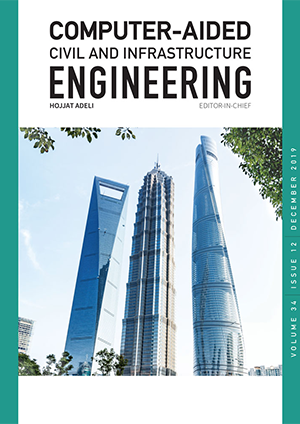
The development of a reliable and robust surrogate model is often constrained by the dimensionality of the problem. For a system with high-dimensional inputs/outputs (I/O), conventional approaches usually use a low-dimensional manifold to describe the high-dimensional system, where the I/O data are first reduced to more manageable dimensions and then the condensed representation is used for surrogate modeling. In this study, a new solution scheme for this type of problem based on a deep learning approach is presented. The proposed surrogate is based on a particular network architecture, that is, convolutional neural networks. The surrogate architecture is designed in a hierarchical style containing three different levels of model structures, advancing the efficiency and effectiveness of the model in the aspect of training. To assess the model performance, uncertainty quantification is carried out in a continuum mechanics benchmark problem. Numerical results suggest the proposed model is capable of directly inferring a wide variety of I/O mapping relationships. Uncertainty analysis results obtained via the proposed surrogate have successfully characterized the statistical properties of the output fields compared to the Monte Carlo estimates.
How to cite:
Luo X, Kareem A. Deep convolutional neural networks for uncertainty propagation in random fields. Comput Aided Civ Inf. 2019;34:10431054. https://doi.org/10.1111/mice.12510
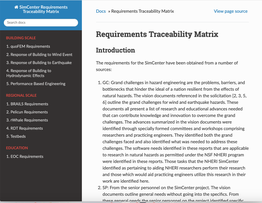
The Requirements Traceability Matrix is a document linking SimCenter software requirements to deliverables. Requirements for the SimCenter were obtained by reviewing the vision documents referenced in the solicitation [https://doi.org/10.17226/13092, https://doi.org/10.17226/13167, http://www.nsf.gov/nsb/publications/landing/nsb06115.jsp?org=NSF, http://www.nist.gov/customcf/get_pdf.cfm?pub_id=915541] for wind and earthquake hazards. Simulation needs and missing-links to attain the SimCenter vision were gathered. These needs were transformed into user requirements to be adapted into software and services provided by SimCenter.